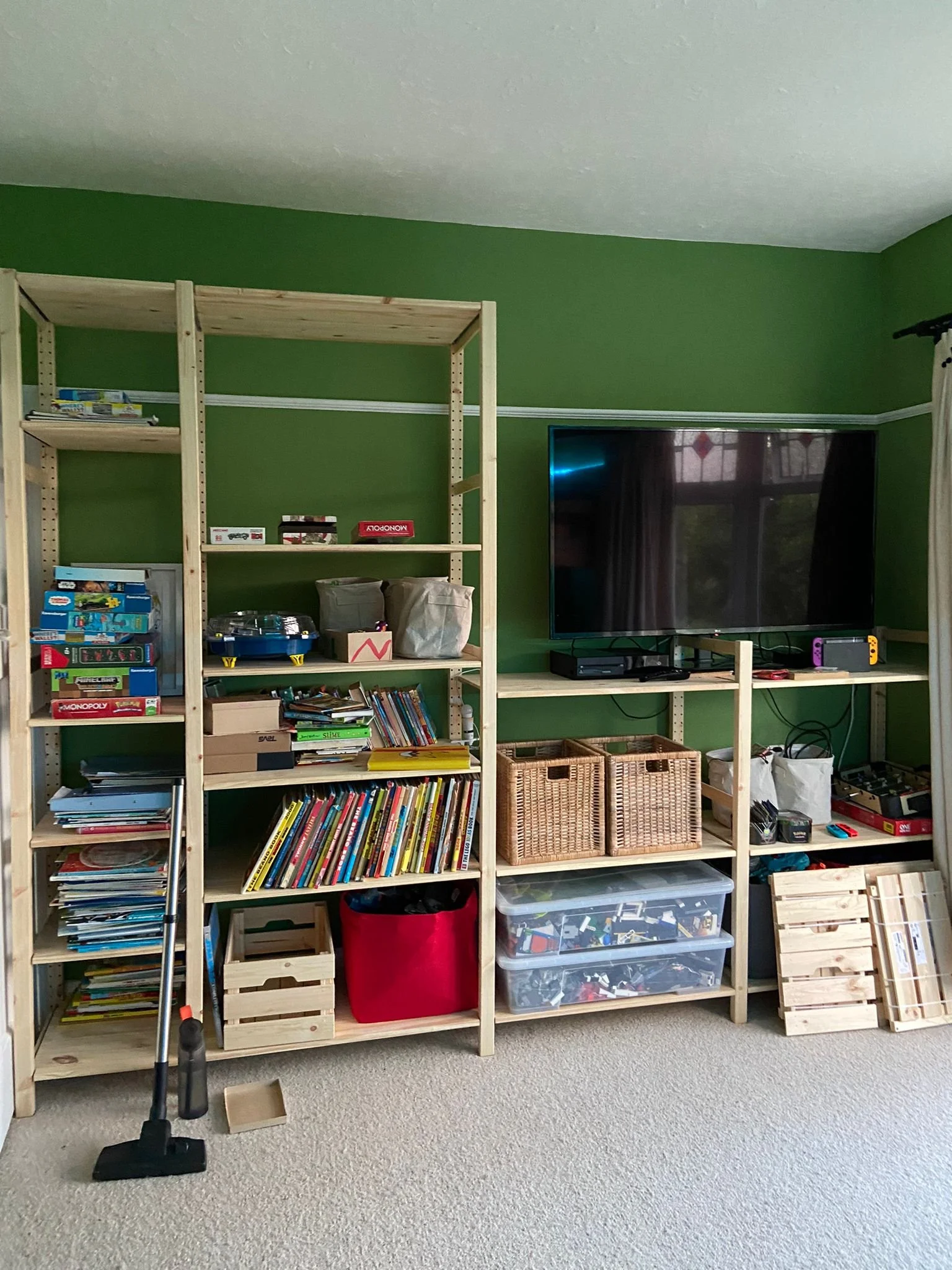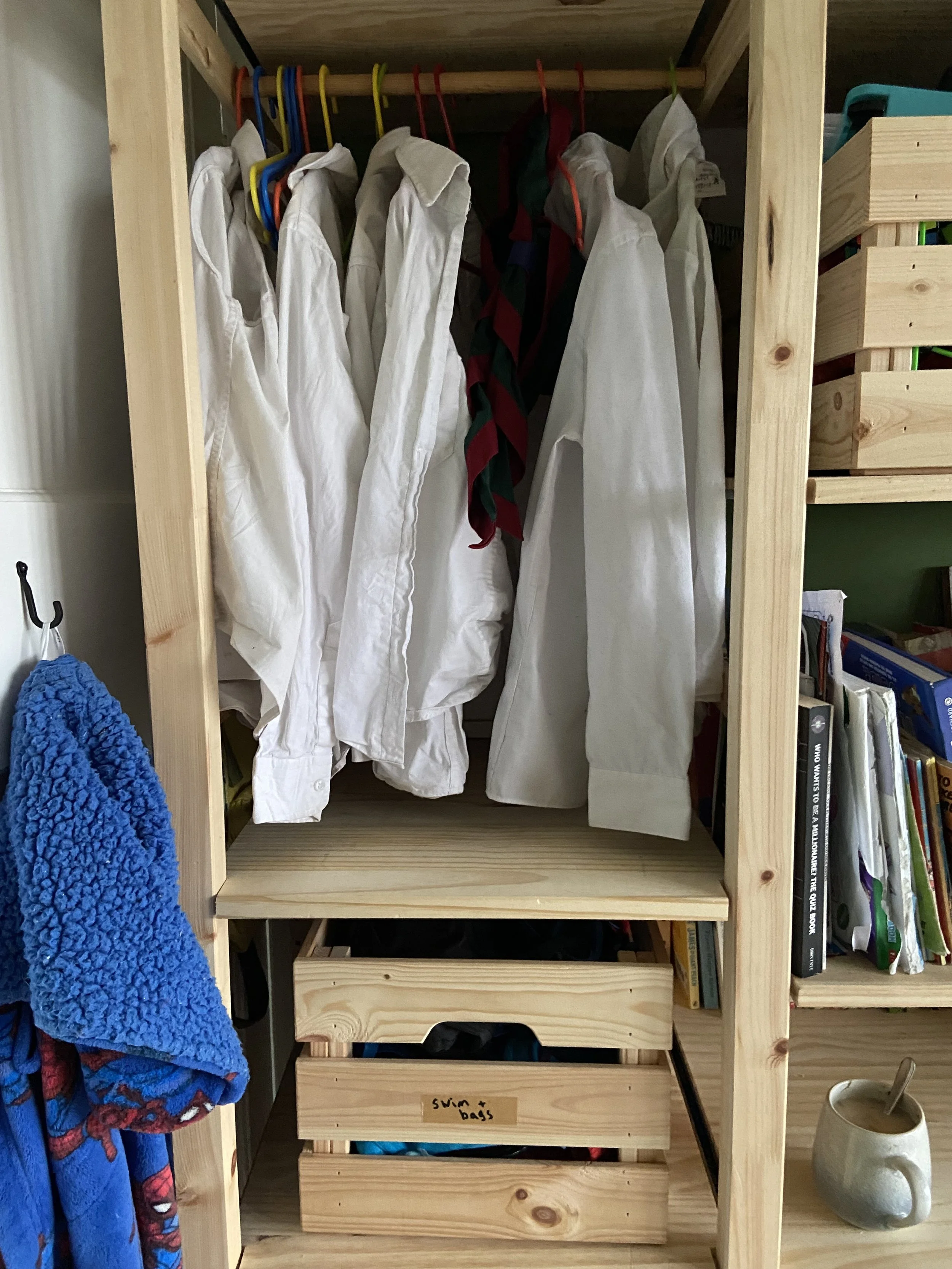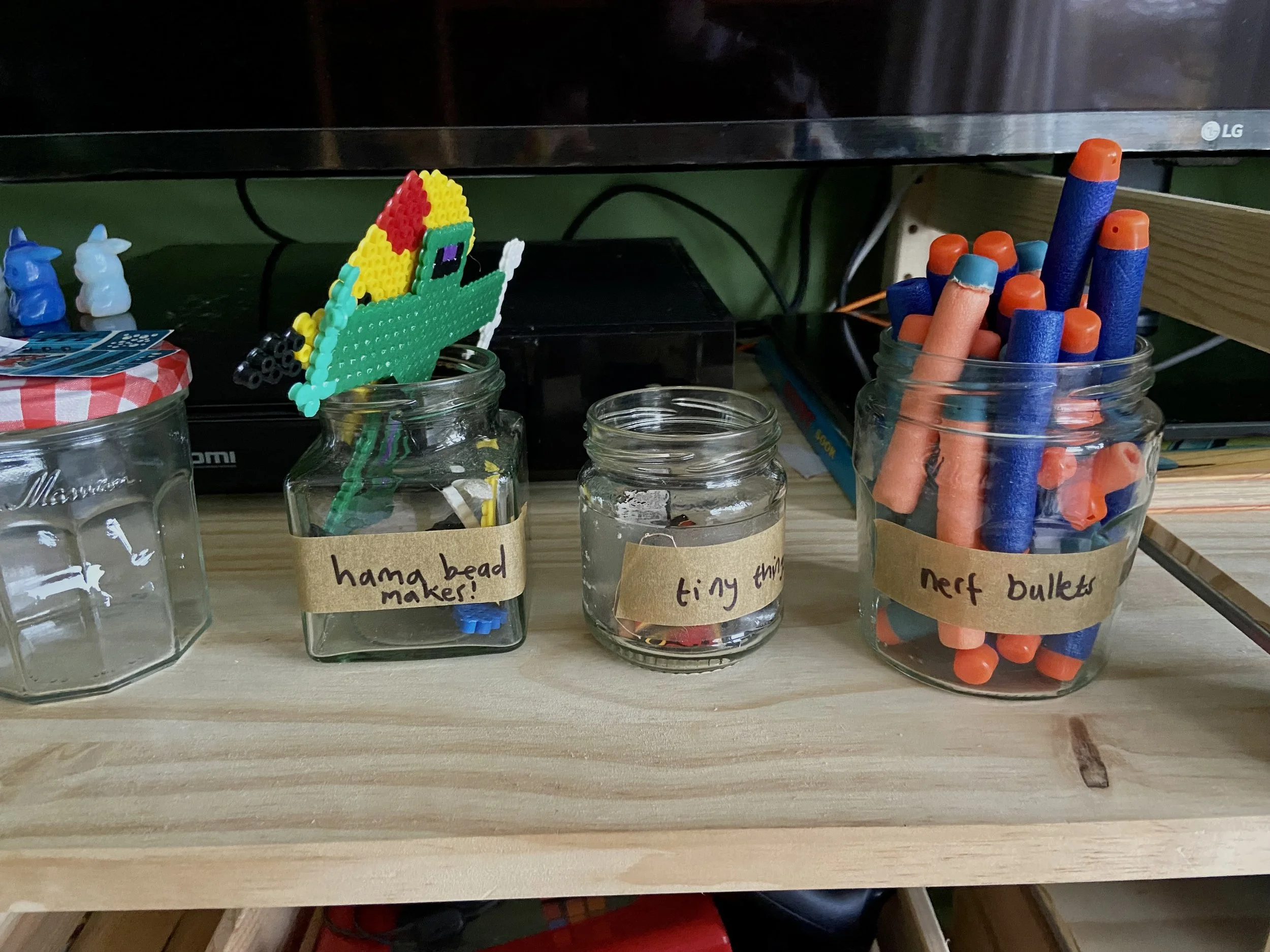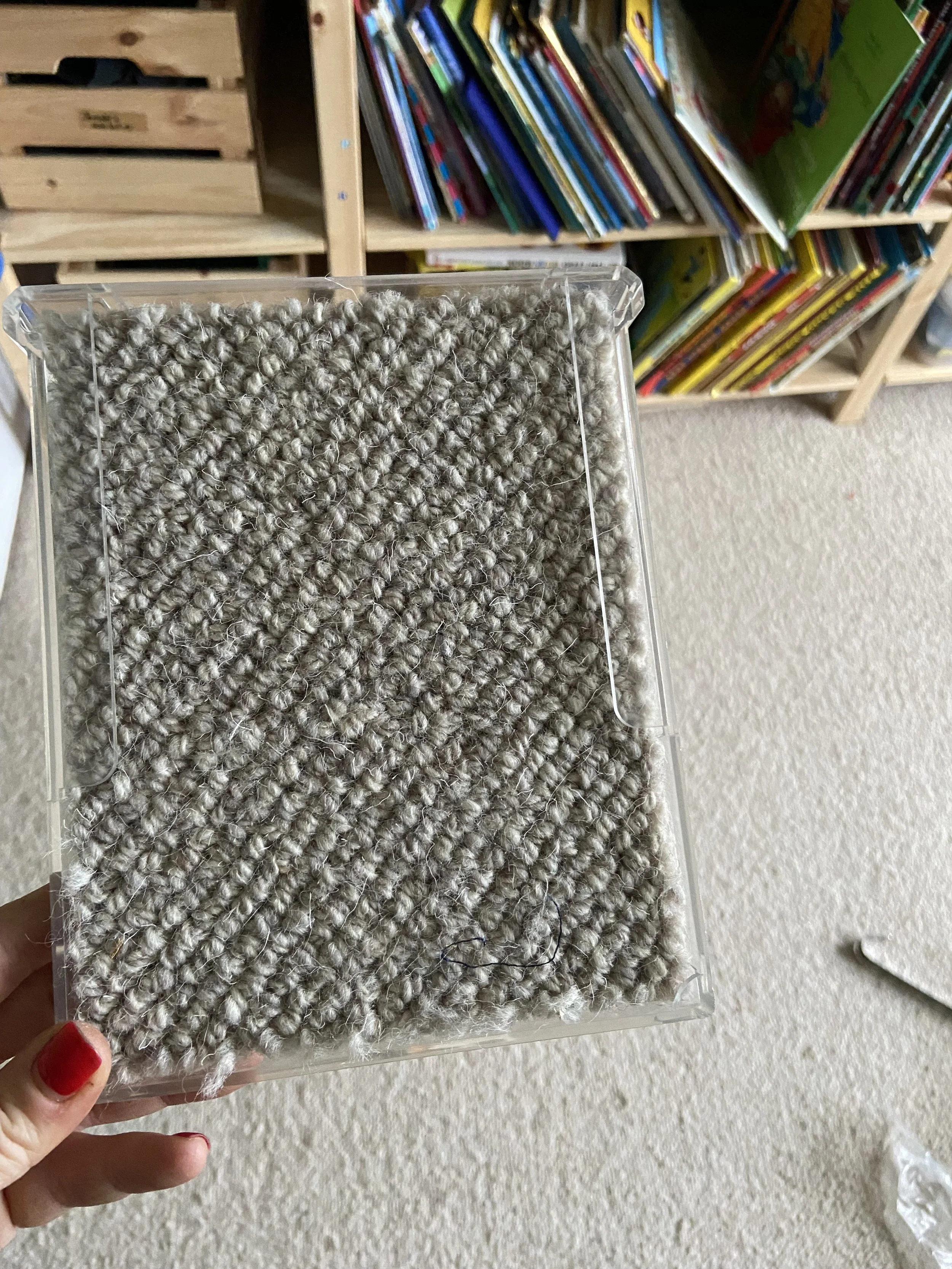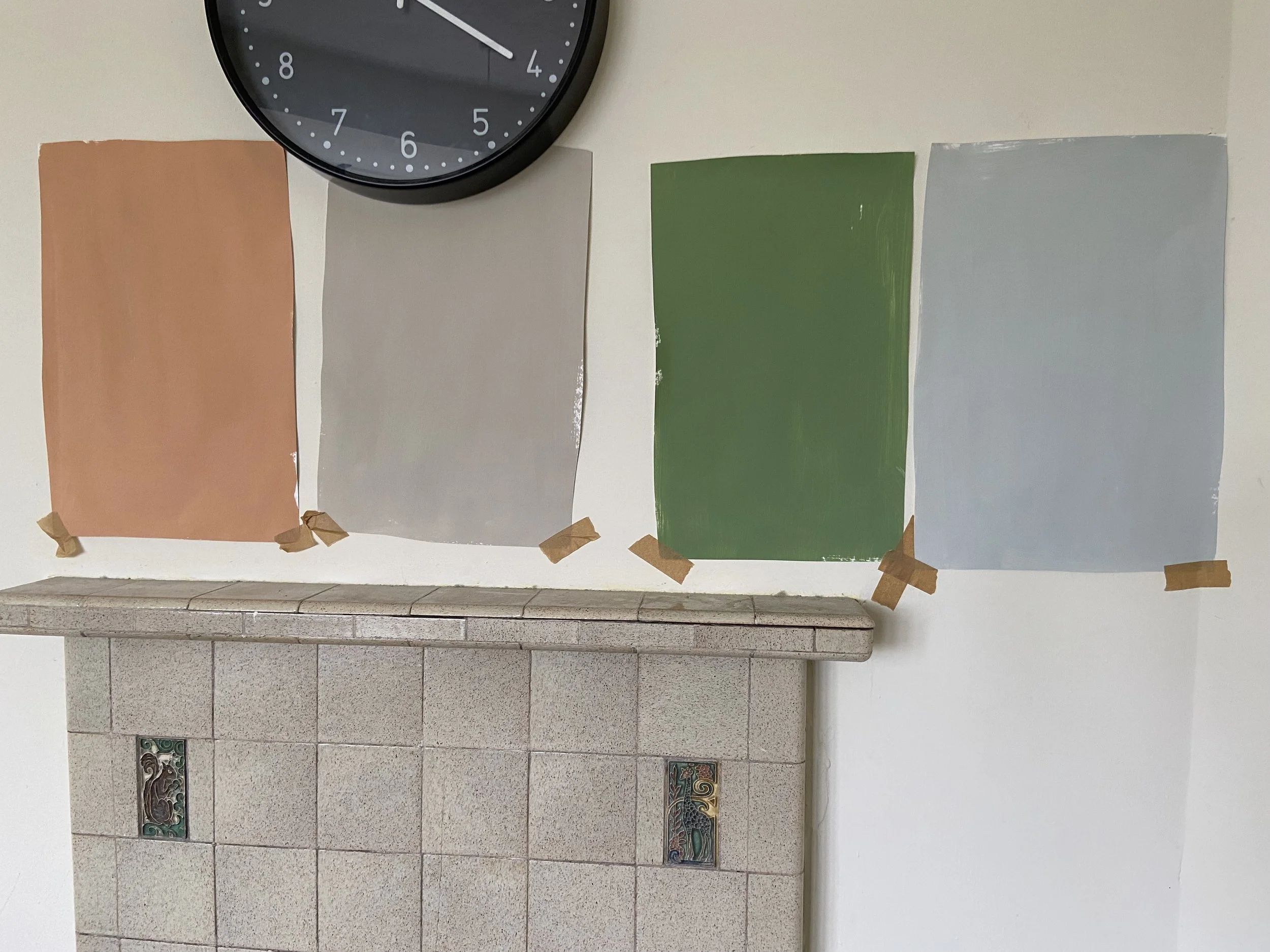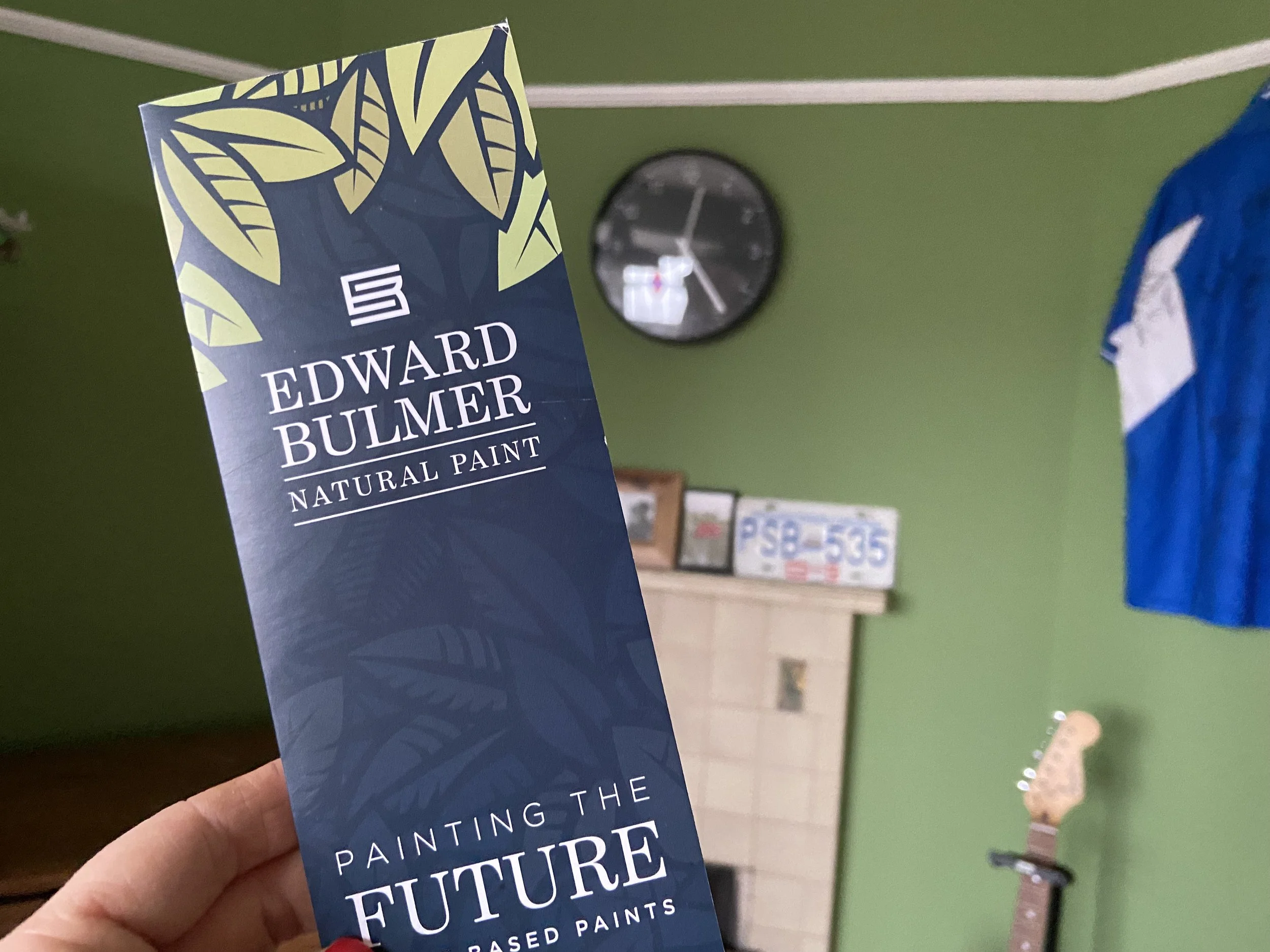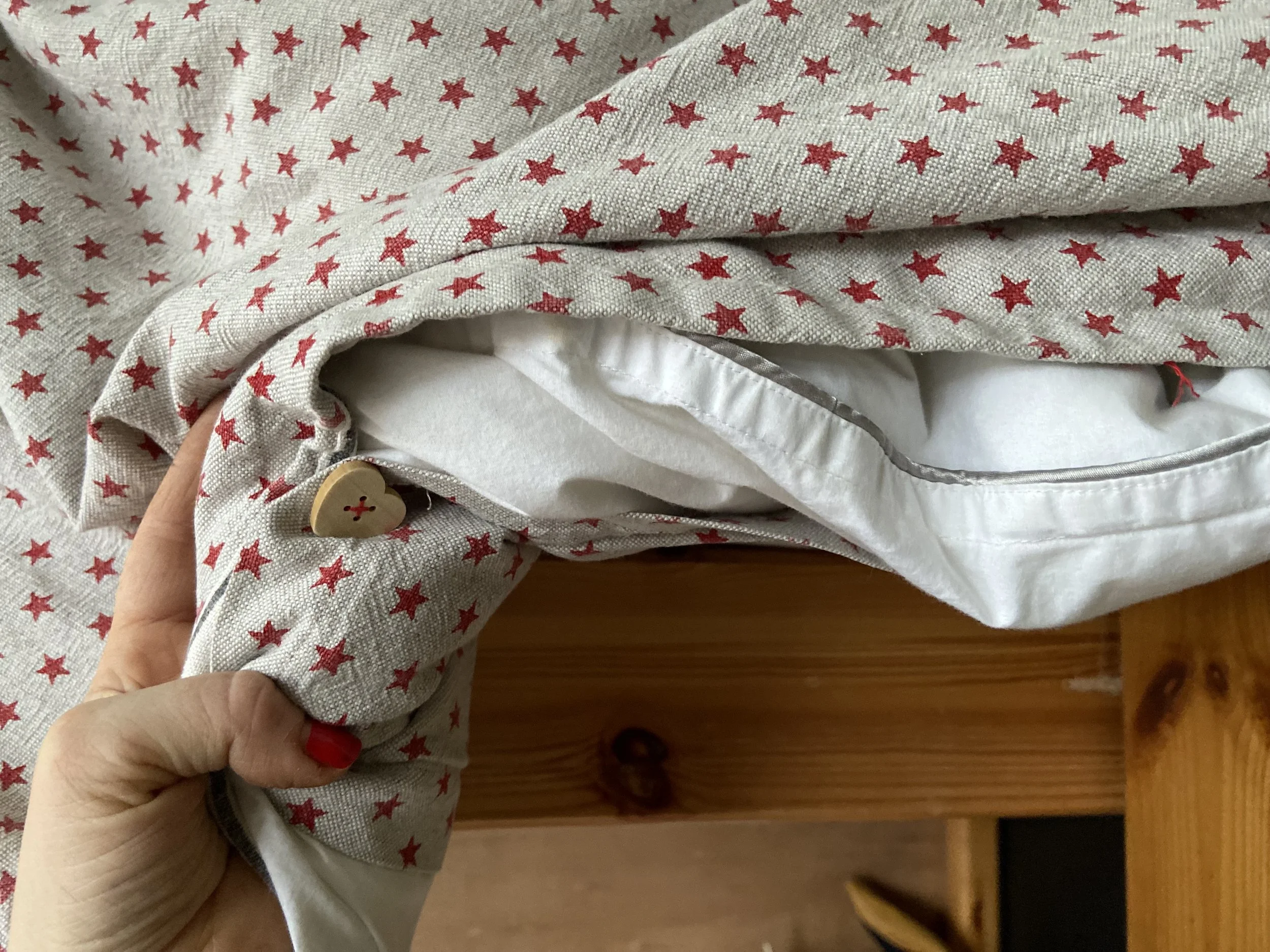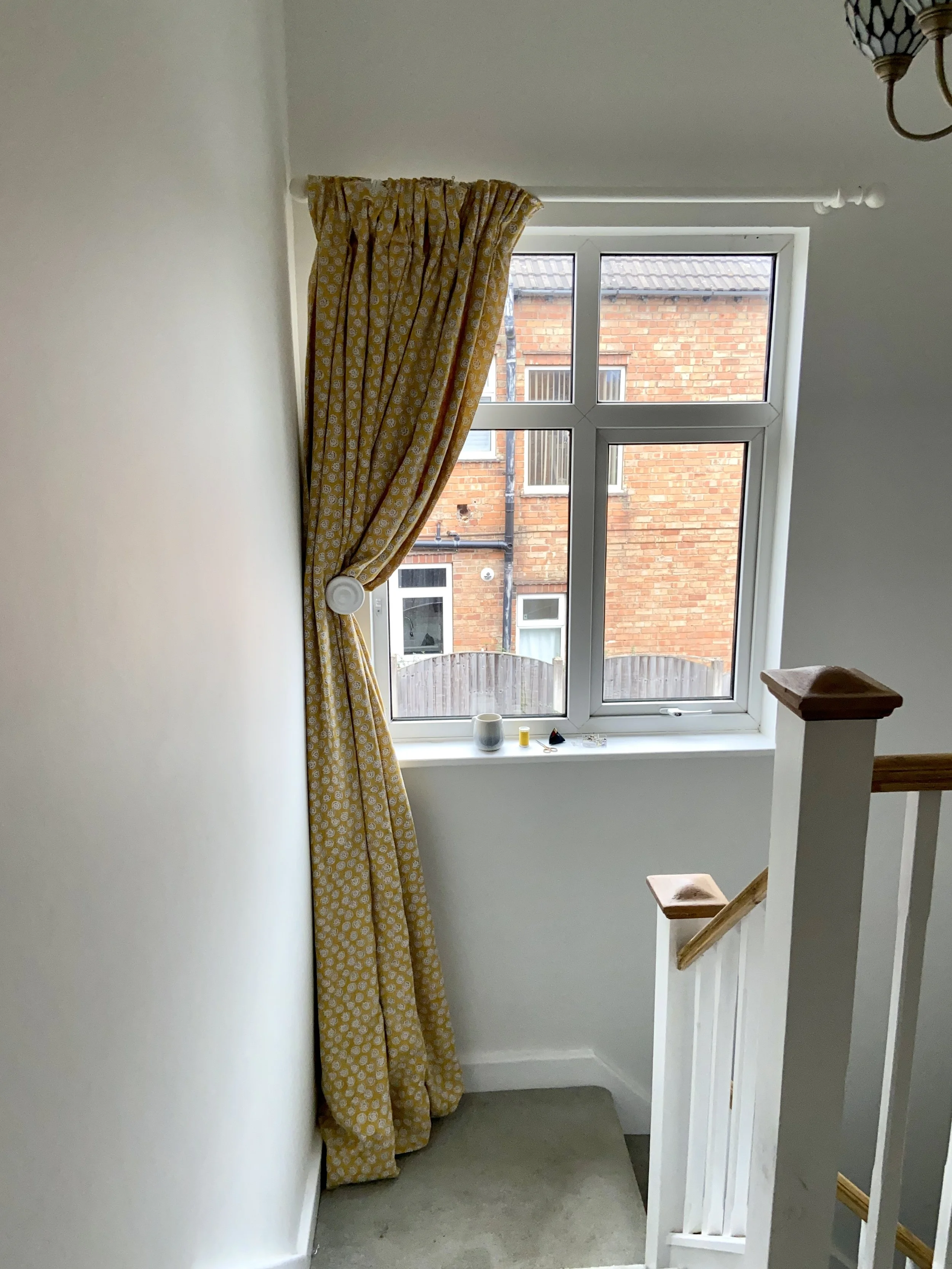Over the year we have slowly been renovating our boys shared bedroom creating a plastic free room for them to sleep and play.
In this blog I will list all the areas we sourced plastic free, natural material alternatives. The brands and methods we used and the budgets. Areas include;
Carpets
Bedding
Paint
Furniture and storage
Soft furnishings
Furniture and storage-
We kept all the boys old, second hand furniture that was solid wood. Apart from a large wardrobe which we sold as it wasnt effective storage for their toys.
Most budget friendly furniture is laminated wood which means it’s a prefab wood inside with plastic coating on the surface.
Laminated furniture does not have the longevity or flexibility as solid wood furniture and large parts are not naturally biodegradable.
We had a budget of £400 for a storage unit and baskets.
We couldn’t afford bespoke shelving but found a good alternative for our budget from Ikea IVAR shelving. It’s solid wood and you can move the shelves around which is great for growing kids with changing needs. For example we currently have a mini hanging rails for school shirts but as they age we will make this bigger.
I labelled all the boxes and catergorised all the toys…which aren’t plastic free sadly!!
I labelled them with paper tape so they can all be easily changed.
Carpet
Most carpets contain: polyester which is plastic origins. We went with a wool carpet from a sole trader it costs around £550 for carpet, underlay and fit. We opted for a top quality thick underlay made from recycled waste.
A great example of appropriate use of recyced fibres, unlike clothes which can’t then be recycled!
By going with a sole trader we saved over £400- if anyone wants there number get in touch.
Wool despite its reputation is really forgiving, hard wearing and long lasting. We always go for a neutral colour with fleck. And remove marks with stiff bristle brush and washing up liquid.
Wool is thermal regulating, anti bacterial and anti fungal so a great children’s material!
Paint-
Most paints contain plastic and solvents. We opted for completely plastic free paint by Edward Bulmer- the colour is called invisible green.
I was scared to paint this colour but it’s been so warm and cosy- so pleased we went with it!
This is one material that was more expensive than plastic containing counterparts. Around £150-200 on paint. So far it’s wearing well and was great to paint with so would use it again.
Bedding!! I could talk about natural fibreed bedding till the cows come home!!
If there is one area we should be cautious of plastics on our children skin it’s when they sleep. Their pyjamas, bedding, duvets and pillows.
I haven’t made or brought any new for this room with soft furnishings, but there bedding covers are either all very old handmade cotton based covers, or off the peg cotton covers and sheets.
Their duvets I wasn’t so knowledgeable about fibre sourcing when I purchased them years ago and they are synthetic. But going forward I would save up and purchase any future duvets and pillows from woolroom.
I have used wool room cushion inners before, there not as plushy as feather filled but far more environmentally and animal friendly, made used British wool that may other wised be wasted. And more long lasting than synthetic plastic filled cushions that eventually become saggy and made entirely from plastic.
Soft furnishings-
For now we are using some handy-me-down curtains that my BIL kindly pulled out of a skip that I soaked and cleaner and repaired. There great curtains but eventually I’ll make the boys some linen curtains with cotton interlining and cotton lining, that fit the window dimensions better.
So if anyone would the cream and navy curtains please let me know.
Here is some curtains I made in another room with the linen cotton combo.
Thanks for reading! Hope it’s helpful and if you have any ideas you want to add please do! Abigail x
Ps keep as many plants as you can in your children’s room as it’s another great way to elongate chemicals in their room as plants absorb harmful chemicals and purify the air.

